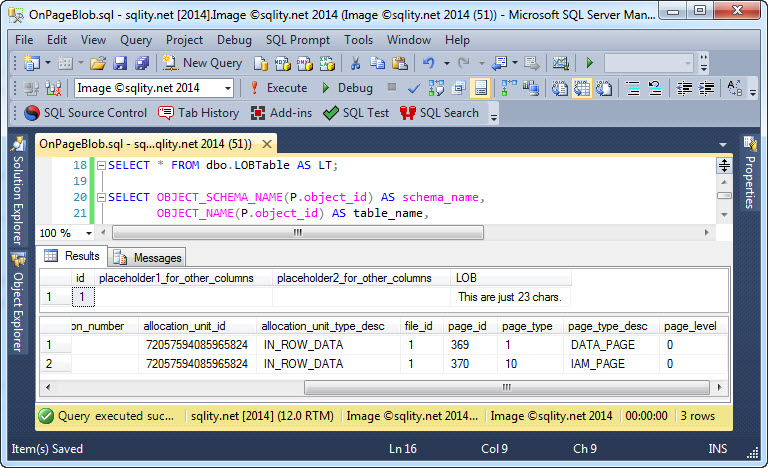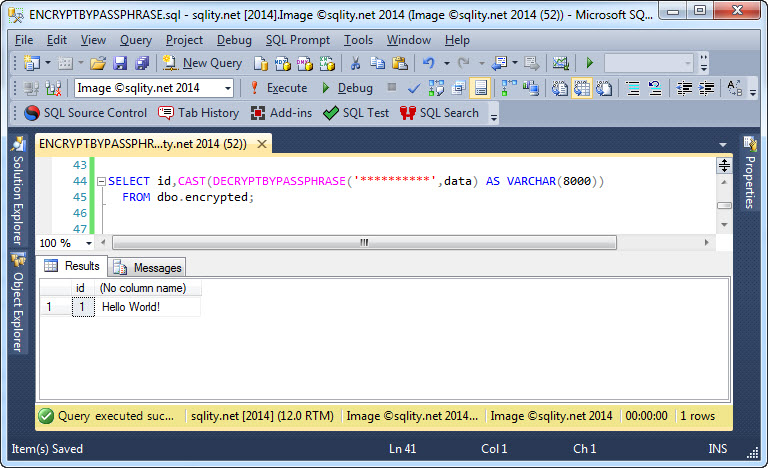Blog
-
Invite for T-SQL Tuesday #58 – Passwords

T-SQL Tuesday was invented almost 5 years ago by Adam Machanic. This month is the 58th episode and the topic is: “Passwords”. Read on to discover what #tsql2sday is all about and what you have to do to participate in this exciting blog-party.
-
Common Database Vulnerabilities: Missing Segregation

Segregation of Duties, the separation of power into different roles, plays an important part in designing an effective security strategy for your business. Discover how to apply this concept when it comes to database security.
-
Common Database Vulnerabilities: Backup Data Exposure

Backups are a common cause for data breaches. Read on to find out, why strategies designed to protect the sensitive data within your database are often inadequate to provide the same protection within a backup.
-
Common Database Vulnerabilities: Inadequate Patch Management

Inadequate Patch Management can lead to security vulnerabilities in your system. Those vulnerabilities are often published and therefore easy to exploit. Discover why this happens and more importantly, how you can protect yourself and your data.
-
Common Database Vulnerabilities: Unprotected Network

Database network security is affected by the physical security of the network itself, but also by the security of the communication between the database server and the client. Do not make the mistake to think that network security is not your responsibility. Read on to discover the one thing you have to do now to protect the communication of your database server over the network.
-
Common Database Vulnerabilities: SQL Injection

You might think you know everything about SQL Injection. Many people think so. But, do you really understand every nuance? Find out if you do and discover why SQL Injection vulnerabilities are still so common.
-
The Cost of a Data Breach

Can you afford the immediate as well as the hidden cost of a data breach in your company? Find out now.
-
Common Database Vulnerabilities: Privilege Abuse

Privilege abuse comes in two forms: Abuse of excessive and of legitimate privileges. Discover how to protect your environment from this vulnerability.
-
Hey, where is my BLOB?

LOB values are not always stored in the special LOB_DATA allocation unit. But, where else could they be? Discover the well-kept secret of the Inline LOB.
-
How to Access Passphrase-Encrypted Data

What do you need to do to decrypt data that was encrypted with ENCRYPTBYPASSPHRASE? Read on to see the DECRYPTBYPASSPHRASE function in action.












